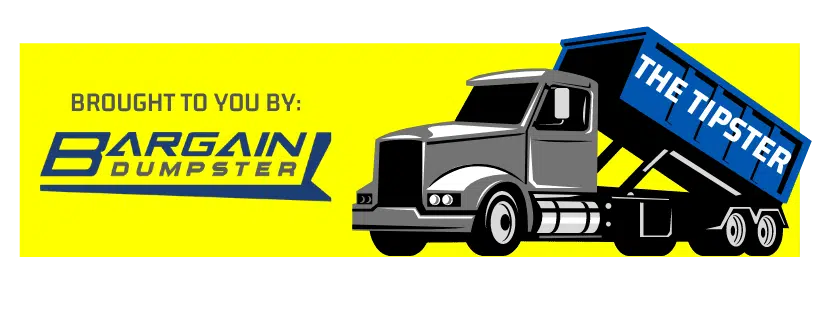In this article, we will be discussing everything related to trimming hedges, starting with a description of the best timings for hedges along with some tips and tricks that will guide you through this process and will allow you to maintain your hedges effectively. We will also educate you about how you can dispose of the waste produced due to the trimming process.
But before we discuss the ways of adequately trimming hedges, let’s understand why it is so important to do so.
Why is it so important to pay extra attention to the trimming of hedges
Firstly, it is essential to trim your hedges to ensure their healthy survival. Trimming out all the unwanted dead and diseased parts of your plants will allow the growth of your plants, and the removal of deadwood also reduces the chances of insect problems in your hedge.
Secondly, trimming your hedges properly will allow you to maintain complete privacy, which is usually the most common reason for planting them in the first place. This is because trimming your hedges properly will enable them to fill in completely so that it is filled with plants.
Maintenance of safety is also a significant benefit that comes along with proper maintenance of hedges. Keeping your hedges trimmed reduces the chances of damage to buildings and vehicles, especially when there is a storm or heavy rain, limiting the amount of deadwood that can be blown away by heavy winds.
General Tips:
1.
Gather your tools and select which ones you are going to use beforehand. For example, hand-held pruners are ideal for maintaining control, and electric ones also offer great convenience and allow a smooth trimming process.
However, hand-pruning is a must in conjunction with shearing shears to ensure that your hedges are kept neat and tiny. Using long scissors and power trimmers also helps stimulate bud production.
As buds multiply rapidly, shrubs can get extremely thick, which stops the penetration of sunlight, resulting in reduced growth. Using proper pruning equipment allows sunlight to get in while simultaneously ensuring that the shrubs do not get too big.
2.
Be patient and mindful throughout the process because while it may take a long time, it will stop you from causing any irreversible damage to your hedge.
3.
Prune during the winter season.
Ideally, hedges should be pruned during the late winter season. During this period, plants are generally dormant and do not produce buds which is helpful because it prevents the breaking of buds before you prune them, which will allow the plant to use the energy for its growth. If you cut off the plant’s buds, you will limit its energy. Consequently, the hedge will take much longer to fill out.
Plant types, for example, evergreens, should be pruned early in the season since they grow much slower.
While if we speak about the more fast-growing hedge plants such as privet, spirea and viburnum require comparatively lesser care. The golden rule when it comes to pruning these flowering shrubs is to wait till the blooms turn brown so that the plant gets enough home to set its buds for the upcoming year.
4.
Hedges should be narrower at the top, wider at the bottom.
Your hedges should be narrower at the top and wider at the bottom side. In order to have this while you are shearing, ensure that you always start from the bottom bit and gradually work your way up. Moreover, try to run a string line between the stakes to get an even line along the top, which helps create a more natural look.
Below are some frequently asked questions regarding the trimming of hedges:
Which time is not suggested for cutting hedges?
It is recommended not to trim hedges during the primary breeding season for nesting birds that is usually in March, April, May, June, July, and August. Always check your hedges for active nests before you start trimming.
When should you first trim a hedge?
As mentioned above, winter seasons and early spring are the best times to trim your hedges if you want to maintain proper shapes and height and ensure the healthy development of your hedge.
What is the difference between trimming and pruning?
It is essential to understand that trimming and pruning are two different words. Trimming refers to maintaining the smaller shrubs and hedges and pruning for trees. However, both of these words may be used interchangeably at times, and both pruning and trimming result in healthy, well-shaped shrubs, trees, and hedges.
What are the tools required for trimming?
Trimming activities involve the usage of saws and trimmers. These are essential trimming tools that are available in different designs and sizes. In addition, you can conveniently find gas-powered and electric trimmers in markets.
How to decide which size of saw or trimmer is required?
The type of saw or trimmer that you should buy depends entirely on the size of trees and hedges that you plan on using it on.
Waste Management:
The last thing that we need to discuss here is waste management.
Trimming hedges is a task that will naturally result in a lot of plant waste that will have to be discarded away. You must discard away this waste responsibly and without littering your neighborhood.
This can be quickly done by getting yourself a dumpster that can easily carry all your waste.
We at Bargain Dumpster Chattanooga can provide you rental dumpster services at great reasonable prices and with great convenience. All you need to do is give us a quick call and schedule a delivery for yourself. In addition, we have a wide variety of container sizes that you can choose from depending on the amount of waste material that needs to be taken away.
Bargain Dumpster has got all your waste management sorted! We provide dumpster rentals all over the USA!
Conclusion:
We hope that this article has helped you understand all the basics of trimming.
Hedges and guidance on waste management allow for an overall smooth, convenient, and easy trimming process.

